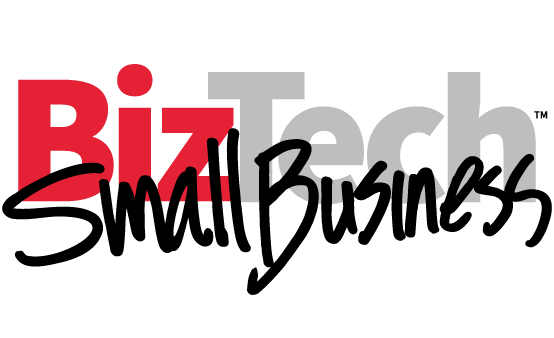5 Changes Your IT Department Should Make to Adapt to the Cloud
The cloud revolution is poised to change the way IT does business. Analysts, reporters and IT experts have been crowing about this for the past few years. But it’s not just the technology or the delivery of that technology that needs to change.
EMC marketer Ken Oestreich calls for IT workers to take on the change that cloud brings to IT operations in a meaningful and personal way.
He offers 5 areas where IT workers can make a shift:
New Consumption Models: There is a need to simplify and drive how services are consumed. This is a 2-part process. Technically, there is the migration toward self-service catalogs. But there is also the marketing aspect that drives awareness and demand for these services. IT needs to think "commercially" — attract demand, and make access to it as frictionless as possible.
New Operational Models: Architecturally and operationally, more of IT will become "horizontally" oriented, along the lines of business services and along the lines of customers. New orchestration-style tools and processes will be needed — implying the need for skills to manage them properly.
New Marketing Roles: Yes, marketing. To drive consumption, IT has to expose more of its services to more potential business users ... and do so competitively. That is, IT needs not only to think about what the business needs, but what their next alternative (outside of the IT organization) is, and ensure that IT is the vendor of choice.
New Finance Roles: Implementing IT cost transparency doesn’t just require financial data, though that is what most people think about when they hear the term. It also depends on information about hosting, applications, infrastructure, licensing and maintenance, and other things that let us associate costs to services. Clearly these roles are net-new to IT.
New Business Relationships: Partnering with, and aligning to the business is about more than just providing basic IT services and help desk. It means working alongside line-of-business planning to understand what drives their top-line business, what is at the core of their competitive advantage, and what business agility can add to these. Dedicated roles — which are steeped in both business and technology skills — need to be acquired and assigned to individual business units.
For more on changing the way people in IT work, read the full post on Oestreich’s blog, Fountainhead.








